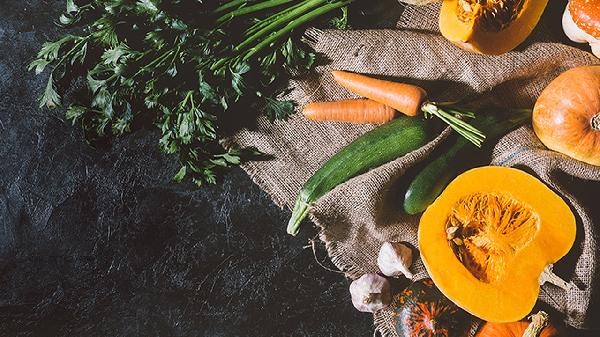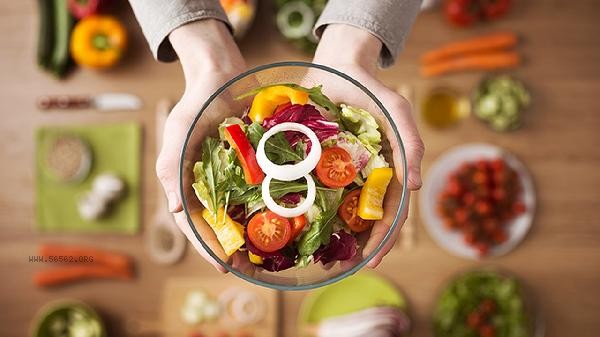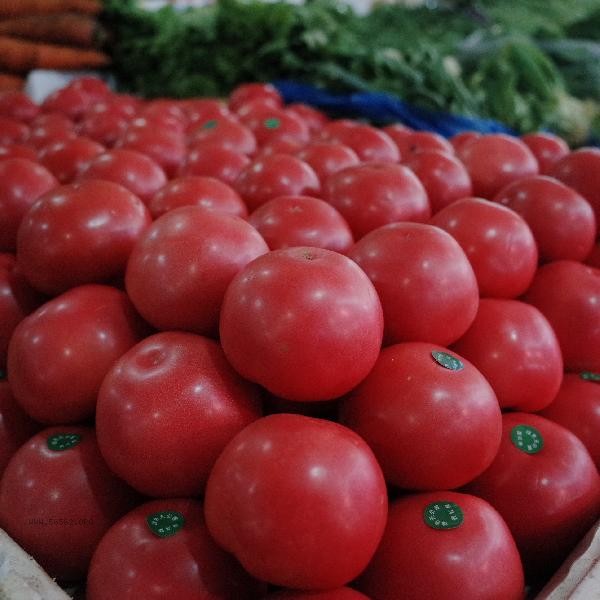It is generally recommended to keep refrigerated vegetables at 0-4 ℃. Excessive temperature can easily lead to vegetable spoilage, while low temperature may cause frostbite. There are differences in the adaptability of different vegetables to refrigeration temperature, but most common vegetables can maintain freshness and nutritional value well in this temperature range. Leafy vegetables such as spinach and lettuce are suitable for refrigeration at 0-2 ℃, which can effectively inhibit respiration and delay leaf wilting. Root vegetables such as carrots and white radishes can tolerate slightly higher temperatures, and 2-4 ℃ can prevent excessive starch conversion. Fruits and vegetables such as cucumbers and tomatoes are sensitive to low temperatures, and it is recommended to store them at around 4 ℃ to avoid cold damage. Mushrooms need to maintain high humidity, and wrapping them with plastic wrap at 0-2 ℃ can extend their shelf life. Storing legumes and vegetables such as peas and edamame at 1-3 ℃ can slow down sugar loss. Some tropical vegetables such as eggplants and green peppers are prone to cold damage below 8 ℃ and need to be stored separately or refrigerated for a short period of time. Vegetables with high water content, such as winter melon, are prone to forming ice crystals and damaging cells at low temperatures. It is recommended to cut them and seal them for refrigeration. Sprouted vegetables such as bean sprouts should maintain breathability when refrigerated, and the temperature should be controlled at 2-4 ℃. Vegetables that have been blanched should be thoroughly cooled before refrigeration to avoid temperature fluctuations that can lead to microbial growth. Marinated vegetables can be stored at 4-6 ℃ due to their high salt content.

Before refrigerating vegetables, the rotten parts should be removed but avoid washing with water. Packaging them in fresh-keeping bags can reduce water evaporation. There is a temperature difference in different positions of the refrigeration room, and delicate vegetables should be kept away from the cooling source. Regularly check the condition of refrigerated vegetables, and deal with any mold immediately if it appears. Reasonably controlling the refrigeration temperature can maximize the retention of nutrients such as vitamin C and chlorophyll in vegetables, and it is recommended to combine auxiliary methods such as vacuum sealing and modified atmosphere packaging to improve the preservation effect. In daily diet, attention should be paid to pairing refrigerated vegetables with fresh vegetables to ensure a balanced intake of nutrients.










Comments (0)
Leave a Comment
No comments yet
Be the first to share your thoughts!